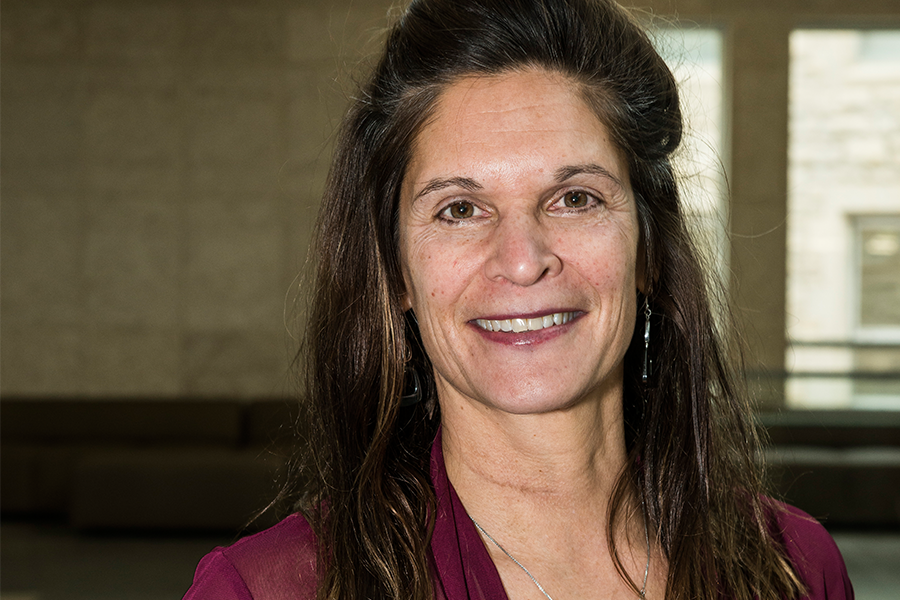
Opening eyes through new observational method
Lalita Bharadwaj wants people to view the world around them with both eyes wide open.
By HenryTye GlazebrookIn her work with the Slave River Watershed Environmental Effects Program (SWEEP), Bharadwaj, an associate professor in the School of Public Health, has helped pioneer the idea of two-eyed seeing in monitoring scientific activity in nature.
The term, which has been adopted from Mi'kmaq First Nations Elder Albert Marshall, refers to the blending of Aboriginal tradition and Western science to gain a greater depth of understanding.
"It refers to seeing and learning through one eye with the strengths of Indigenous knowledge and then through the other eye with the strengths of Western knowledge—blending those eyes and learning to build a better place for everyone," Bharadwaj said.
The SWEEP project is aimed at establishing a community-based monitoring program for the Slave River Watershed water system. Led by principal investigator Paul Jones, associate professor in the School of Environment and Sustainability, Bharadwaj and other U of S researchers have been working since 2012 with Salt River and Smith Landing First Nation, as well as the Northwest Territories Métis Nation, to develop a method that would be both scientifically thorough and culturally familiar to those living in the involved regions.
What the team came up with was a system built on a dual foundation of type one and type two indicators.
While type two indicators are primarily ideas most water researchers would be familiar with, including overall water quality, snow or ice levels and characteristics of area wildlife, Bharadwaj said type one indicators were specifically chosen to be easily recognized by the local community.
"Does the water have spirit? Is the water utilized for social and cultural activities? Those would be the sorts of indicators that would be utilized," she said. Traditional knowledge indicators are based not only on observations, Bharadwaj explained, but also on ethics, values, management of resources and how people use those resources. Berries that have been picked to exhaustion, for example, might be an indicator that a region is not as healthy as expected.
Bharadwaj said that the partnership with local communities has thus far proven an easy development—one strengthened by these populations' inclination toward treating the ecosystems in which they live with respect and admiration.
"It's really driven out of concern for their ecosystem and their part within that ecosystem, and their dependence on it to survive. As we know, Indigenous People are really connected to the place in which they live and the relationship that they make with the things that are non-human and non-living," she said.
"They have a really strong sense of place and identity with that place. Their culture, traditions and their whole worldview is really tied to their place of being"
Now that SWEEP is wrapping up its formal research period, the communities it has been working with will be tasked with carrying forward with monitoring. Their data, which will be stored in info- graphic form, can be used by any number of other teams that set their sights on the Slave River Watershed.
Though this particular project has honed in on a two-eyed seeing approach, Bharadwaj emphasized that the concept could be expanded to fit other regions.
"Everyone has their own perspective and they walk in the world with different eyes. The Indigenous eye really represents all Indigenous People and the Western eye really represents all Western perspectives," she said. "Really, you could have a four-eyed-seeing or ten-eyed-seeing approach depending on the different people and cultures that are being represented."

